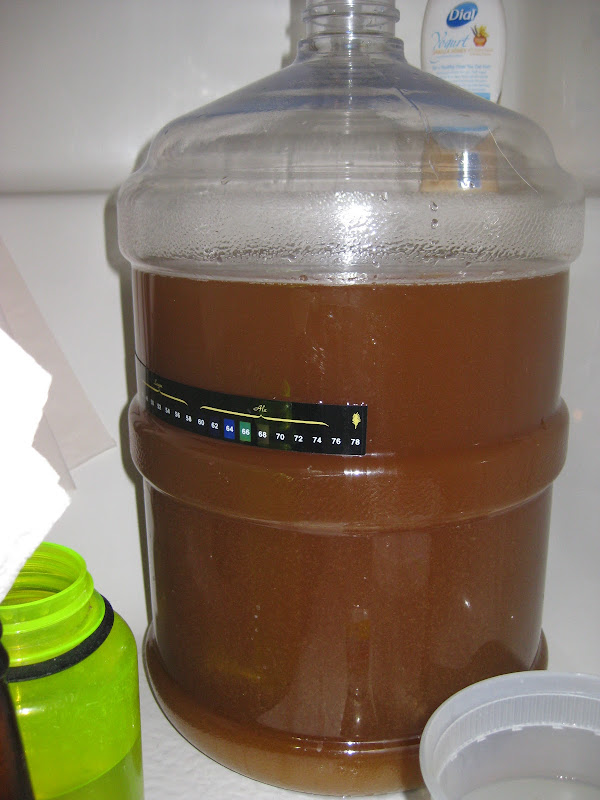serum67
Well-Known Member
Adding gelatin to my kegs has changed my life.
Do you still get those off flavors?

Adding gelatin to my kegs has changed my life.
Daparish: Yes. Adding the gelatin in a secondary will crash out proteins that are responsible for forming chill haze.
Only if the beer is cold enough to form the proteins that are responsible for causing chill haze















How does this work? Aren't the proteins already present in the beer before it's cooled?
To cut back on the chillbut a lot of the important non-fermentables were gone toohaze without any crash cooling available use Irish Moss. I use SuperMoss from LDCarlson. I use only a heaping teaspoon of this in 4oz of pre-cooled wort and add with about 10 minutes left in the boil and I have some really great results with it. However, the first time I used it I got really careless and used about 2 tablespoons of it. Yeah, the beer was clear, but a lot of the important non-fermentables were gone too, which left me with a really flat-flavored beer.
If I have my beer already cold crashed is it too late to add gelatin?
My grocery store was out of Knox but there was a store brand unflavored gelatin (kroger) I am assuming it will work the same?
-I can add it to my secondary (which is already racked) 2 days before bottling and it should be clear by then.
Only if the beer is cold enough to form the proteins that are responsible for causing chill haze
Here's another gelatin/crash cool question I couldn't find an answer to.
I just added gelatin finings and am crash cooling a friends Raspberry Blonde Ale recipe.
Anyway, when it comes time to bottle, do I have to let the beer warm back up to room temperature before adding the priming sugar & bottling? Or can I just rack it to the bottling bucket/sugar while its still cold and immediately bottle?
Thanks all!
